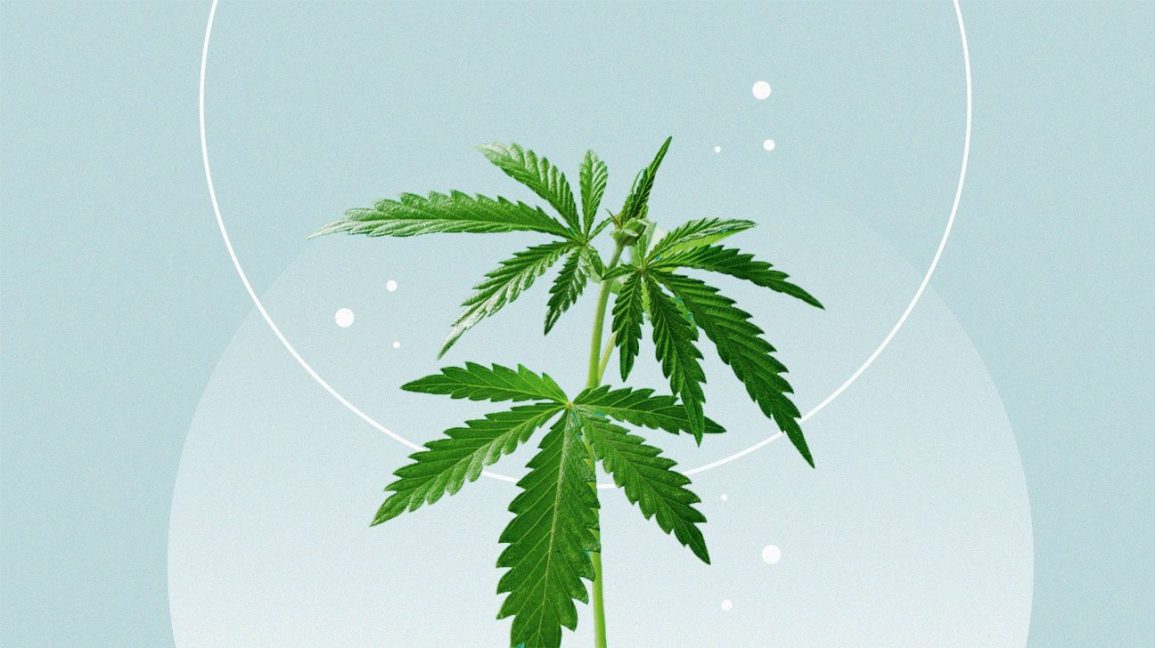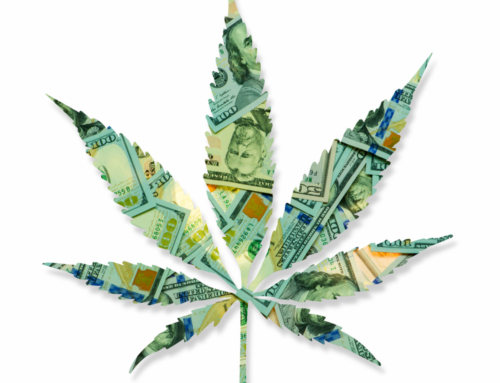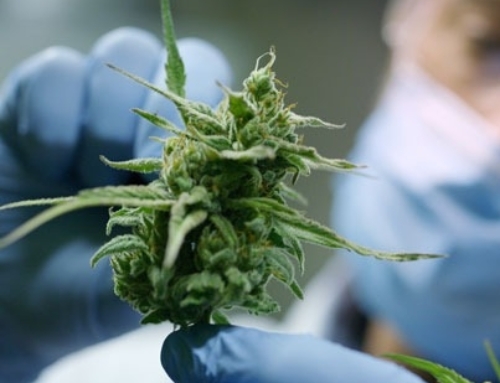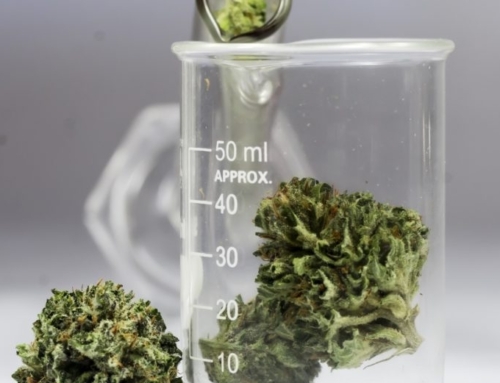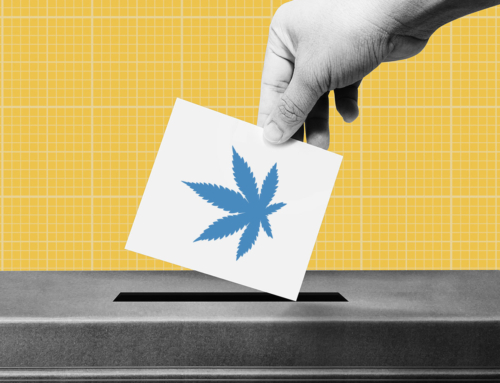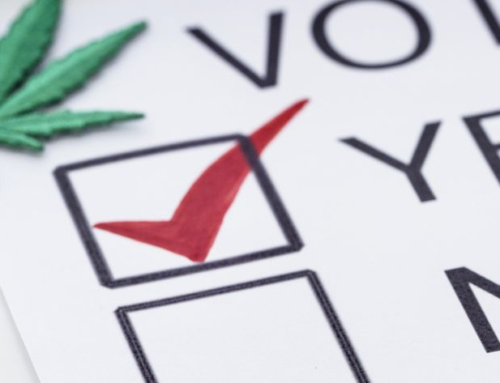CBD can be used as part of an overall recovery plan
CBD is an amazing natural alternative to typical pain medications, so it makes sense that chiropractors are starting to recommend to patients a “CBD prescription.” In a recent study Yesterday Wellness conducted of women over 30 who currently use CBD, more than 63% use it to help relieve sore muscles, aches and pains. Of that group, roughly 89% were somewhat or very satisfied with CBD.
While awareness of CBD is quite high (93%), only 47% of survey respondents have tried CBD, and of that group, less than half use it regularly. We expect the number of people using CBD to increase over time as consumer education improves and products become more readily accessible. The last major hurdle at this point is the FDA, which has yet to come out with formal guidelines for CBD, limiting representation at brick and mortar retailers.
Sourcing CBD and Availability in America
If you want to buy CBD today, your best bet is online, as more than 60% of all CBD sales are occurring through e-commerce channels. Given the current circumstances, we expect the number of sales coming online will continue to grow until consumer behavior returns to normal.
For many years leading up to the Hemp Farming Act of 2018, hemp products were largely a grey market item you would find limited to health food stores, if you could find them at all. The Hemp Farming Act’s main function was to remove hemp (defined as cannabis with less than 0.3% THC) from Schedule I Controlled Substances and make it a common agricultural commodity. Provided, even with this act in effect, states can declare when or if CBD is ever legal.
Therefore, across the U.S. there are a handful of states where CBD remains illegal and several others that have various restrictions in place. In Nebraska and Alaska, the sale of CBD in food and beverages is illegal. Also, be careful in Iowa and Idaho where CBD sales of any kind are currently outright illegal. Aside from these states, CBD remains readily available across most of the U.S., with penetration continuing to grow as the market evolves.
Internationally the regulations vary on a country-by-country basis. There is a long list of countries that allow CBD products to be sold, but there remain many restrictions and it is best to check local laws before ordering from out of the country.
CBD and Clinical Studies
Beyond availability, one of the biggest issues in the industry today is the lack of clinical studies to support the use of CBD for various ailments. As recently as 2018, CBD from hemp fell under the Cannabis umbrella and was classified as a Schedule 1 drug, limiting the number of studies that could be conducted. And while early indications have been quite promising, we need to see more data from a wide subset of clinical studies before it gains widespread adoption as a natural alternative for various ailments, including pain.
This is like any new active ingredient or pharmaceutical on the market and just takes time to progress. The good news is there are a lot of studies underway and more scheduled for the coming months which should help move the industry forward.
If you’re new to CBD and considering a CBD prescription and shopping for CBD products for patients, we advise starting with oil for internalized pain or using a topical to address specific localized areas. The amount each person requires to feel the intended effect depends on a range of factors. We suggest starting with a low dose and gradually working your way higher until you find the amount that works for you. Like any solution to a problem such as pain, a CBD prescription can be used as part of an overall recovery plan, and we stress consistency – use it daily, take note of how it is impacting you and adjust accordingly.
Written by Eric Balshin, CEO of Yesterday

